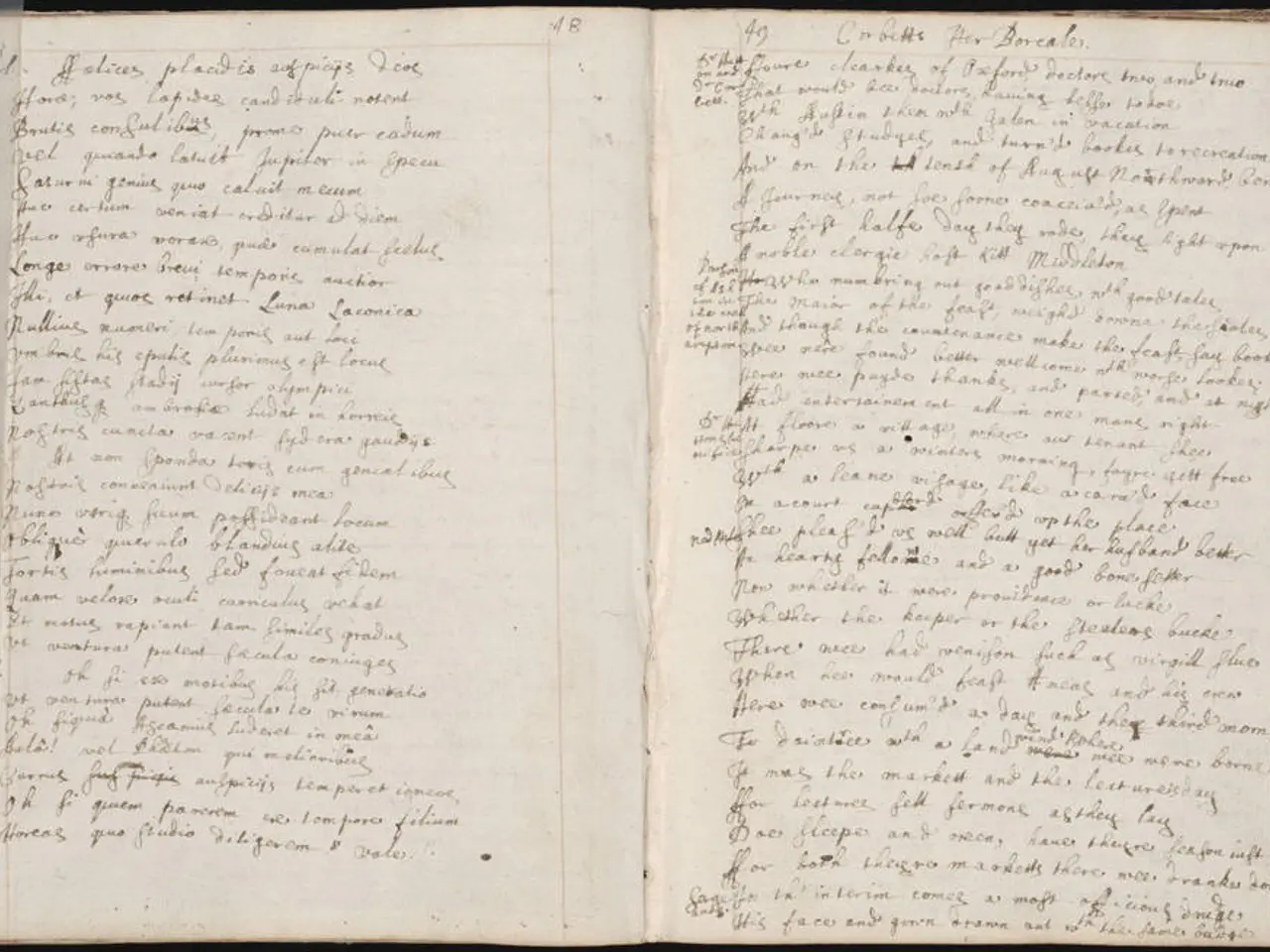Exploring the Artwork Behind Classic Records - A Closer Look at Electric Ladyland by Jimi Hendrix
Jimi Hendrix's Electric Ladyland: A Visual Trip Through Controversy and Creativity
Jimi Hendrix's iconic album, 'Electric Ladyland,' might be best known for its groundbreaking music, but the controversy surrounding its album artwork is a compelling part of its history. Released in 1968, the album spent two weeks at the top of the US charts and clinched Hendrix the 53rd spot on the Rolling Stones' Top 500 Albums of All Time. But what's the story behind the infamous cover? Let's dive in.
Album artwork is a vital aspect of the music industry, serving as a visual representation of an artist's creative vision. The cover of 'Electric Ladyland' is no exception, with its vibrant, psychedelic imagery becoming synonymous with the album and the era it represents.
Imagine immersing listeners in a kaleidoscopic world—that was Jimi Hendrix's initial vision for 'Electric Ladyland.' With inspiration from the burgeoning counterculture movement and the album's title track, Hendrix sought a visual representation that would perfectly encapsulate the music contained within.
British photographer Karl Ferris was the man who brought this vision to life. Ferris, who was recognized for his innovative use of color and psychedelic aesthetics, employed ground-breaking techniques like infrared photography and color manipulation to create otherworldly images that would complement the album's music.
Fast forward to the UK release, the album cover's controversial image began to stir up trouble. Famously featuring a black-and-white photograph of a group of naked women against a dark background, the artwork immediately sparked controversy and faced numerous censorship challenges. Hendrix himself expressed his disapproval, stating, "Folks in Britain are kicking against the cover... Man, I wouldn’t have put this picture on the sleeve myself, but it wasn’t my decision."
Despite facing numerous challenges and controversy, the original UK cover has endured as an iconic piece of rock music history.
Did you know? First presses of the banned cover artwork have sold for up to £790 on Discogs. The sensational shoot for the album cover reportedly offered the participants £5 if they went topless and £10 if they were completely naked, which is equivalent to £110 or £220 respectively in today's British economy.
The 'Electric Ladyland' cover's controversy reminds us of the cultural battles over artistic expression in the late 1960s. The legacy of the 'Electric Ladyland' cover continues to intrigue conversations about music, art, and censorship.
The cover artwork of Jimi Hendrix's 'Electric Ladyland' served as a visual representation of the bursting counterculture movement and his creative vision, featuring a controversial image of a group of naked women that stirred up trouble and faced multiple censorship challenges.
The original UK cover of 'Electric Ladyland,' despite being controversial, has endured as an iconic piece of rock music history, with first presses of the banned cover selling for up to £790 on Discogs, making it a significant artifact of the cultural battle over artistic expression in the late 1960s.








